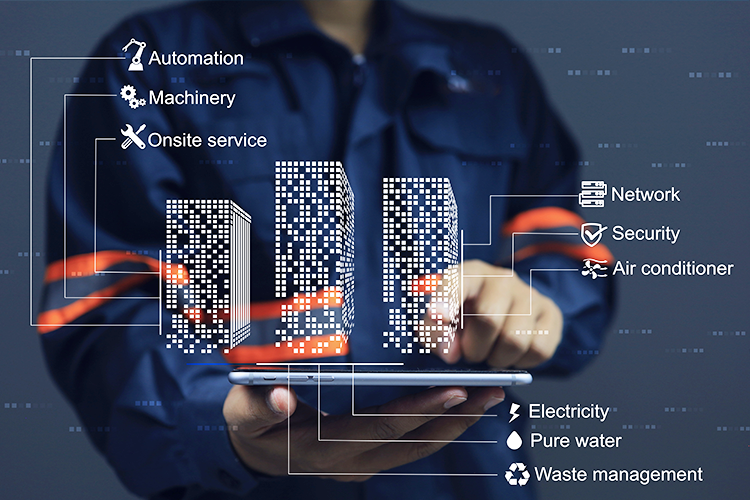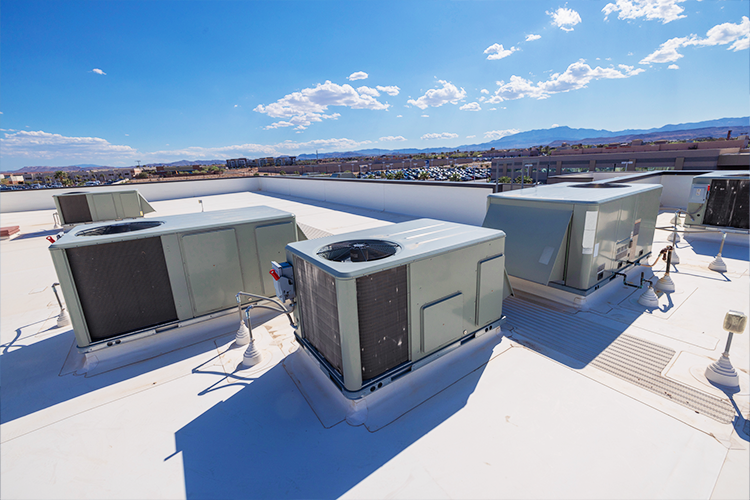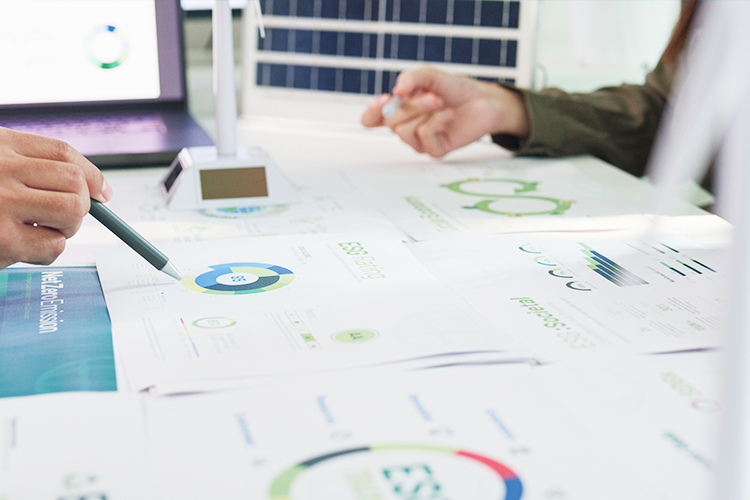When 100% LED and ROIs Don’t Go Hand-in-hand
September 24, 2018
The successful completion of a lighting and controls project comes with a certain bonus: bragging rights.
You beam as your operating costs dip. You proudly accept compliments from customers who love the refreshing new look of your stores. You celebrate achieving your sustainability goals early.
“Thanks. We’re 100% LED.”
That’s what you want to say.
But sometimes there are good reasons for lighting and controls projects to come in below the “100% LED” mark.
Don’t get me wrong. LEDs outstrip legacy lighting technologies in almost every way—energy efficiency (of course), optical control (e.g., beam angles), fixture control (e.g., dimming), longevity—the list goes on.
But there are some situations where you want to consider your options.
When you have specialty lighting
With specialty lighting, grocery stores immediately come to mind. They have everything: cooler lighting, cove lighting, track lighting in their deli, and pendants in their coffee shop. Despite razor thin margins and aggressive financial payback goals, they want the bragging rights and energy savings that come with LEDs too.
Part of EMC’s mission is to help customers manage expectations about their LED projects. As they try to retrofit these decorative, architectural, and unique lighting features, their material and labor rates start to skyrocket.
Even a small quantity of these niche lighting products can affect the payback of the project. While you might get as many as 100 lumens per dollar from a high bay fixture, you could be in the single digits when trying to replace decorative pendants or architectural sconces. Sometimes upgrading these fixtures to LED just doesn’t pay back.
When your existing technology is already efficient
Some existing lighting technologies are already rather efficient. And generally speaking, the lower the wattage of an existing fixture, the lower the energy savings that comes from replacing it. Yet the cost is still there. For example, a standard screw-in CFL might consume only 13 Watts, and its LED replacement maybe 9, saving you only 4 Watts. Even if you never turn it off, that will save you about $3.85 per year.
Despite the explosion of energy efficient LED lighting products on today’s market, there are still some lighting types not conducive to rapid paybacks. These often include architectural and accent lighting that have high replacement costs, low existing wattage, or both. You’ll see these decorative fixtures around checkout lanes, built into coffee shops, or illuminating floral departments and restroom hallways.
The lower the existing wattage, the less energy there is to be saved—and the longer the payback.
When maintenance costs are an issue
Another consideration when talking about specialty lighting is the ongoing cost of keeping them lit. Oftentimes decorative or specialty fixtures use lamps (“bulbs”) that cost more, are increasingly hard to find and don’t last as long as typical fluorescent or HID lamps.
Here’s where you want to look beyond your upfront project costs and consider maintenance costs. While the hard payback (based on energy savings alone) might not be there for those coffee shop pendants, it may be worthwhile if it is prone to failure or in a place where it is difficult to maintain. If it requires bringing in a special lift to maintain, it’s probably a good candidate for an LED upgrade based on maintenance savings alone.
As a baseline, we usually consider maintenance savings to be equal to about 5% of project cost. For customers with hard-to-access fixtures or hard-to-find lamps, we can work with maintenance departments to get more accurate estimates and encourage finance departments to look beyond just the hard payback.
When redesigning might be the better option
Just because a fixture doesn’t have a great LED replacement option, it doesn’t mean we can’t find a different solution that still achieves the customer’s goals. Rather than trying to maintain the existing design, our Design Team can come up with a more cost-effective solution that does an even better job.
For instance, we had a project that included track-mounted linear T5 wallwash fixtures. While a one-for-one LED replacement was cost-prohibitive, we were able to use the existing track and a different style of LED head to achieve the same effect, at a considerable cost reduction. Sometimes reevaluating the lighting design itself can offer new avenues to savings.
When it’s time to involve others in the conversation
In the above example, choosing a redesign meant that it was important to bring in more than just the finance people in the decision. Merchandising and marketing teams often have as much sway over what lights their stores as the finance and real estate groups do. While EMC certainly promotes energy-saving lighting and controls solutions, we are firm believers that quality lighting is just as important—and that you can have both! Design opportunities sometimes get overlooked when the project is driven exclusively by the facilities, real estate or finance teams.
We recommend expanding the conversation and giving merchandising and marketing teams a seat at the table, to help ensure the design maintains or even enhances the aesthetics of the store or facility.
When you need help managing expectations
As a turnkey lighting and controls provider, a big part of what EMC does is help customers understand their own expectations. As you push toward a 100% LED installation you’re going to have fixtures that seem to work against your goals.
We can help you identify and consider all of the options, whether it’s to revise your financial objectives, wait for the right technology to come one the market, or consider an alternative design. While everyone’s ultimate goal is 100% LED, we can help you navigate your path there.
Ben Wright is the Senior Controls Systems Engineer for EMC. In this role he ensures that lighting projects are analyzed not just as energy reduction opportunities, but as opportunities to improve the spaces we live and work. He has a Bachelor of Arts in Environmental Design from Montana State University – School of Architecture.


